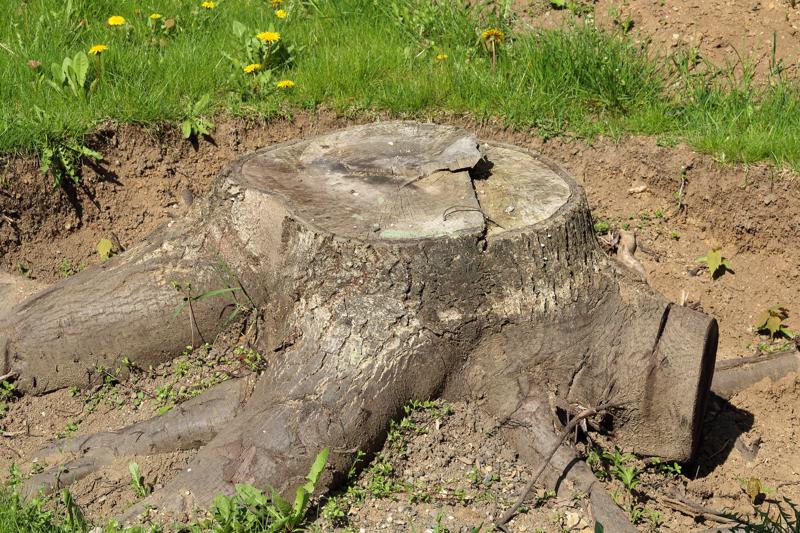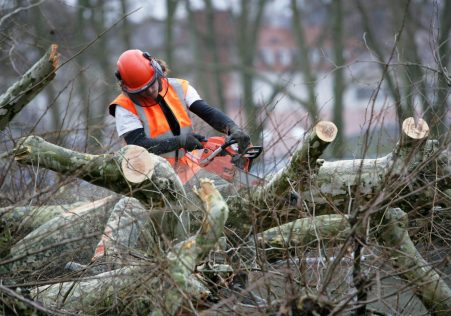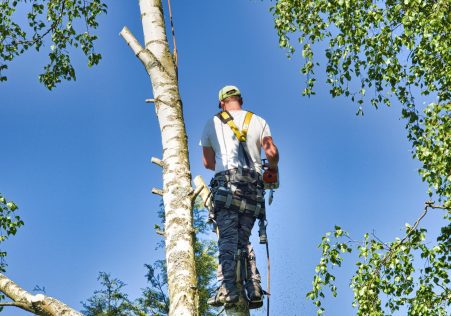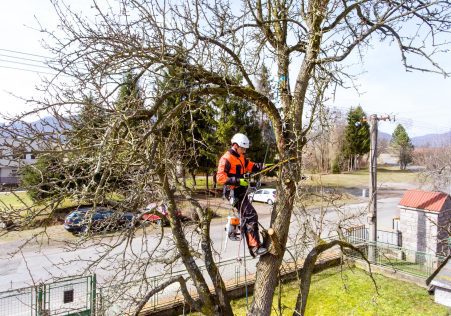Looking Into the Timeframe of Time Roots Take to Completely Rotten Following Pruning

The tree’s roots play a crucial role as they provide stability, and nourishment to trees, but is there a problem when a tree is removed? What is the time frame before the root system begins to rot in the ground, and what effect does this affect the area around it? This article will explore the root decay process and answer the most frequently asked questions concerning the roots of trees.
Understanding Tree Root Decay
Tree roots may take a long time to decay, based on various factors such as their size, roots as well as the type of tree, as well as the environmental conditions. The process of decaying roots starts immediately after a tree is removed or falls and is caused by a mix of variables like temperature, moisture as well as the existence of decomposers such as fungi and bacteria.
Factors that Affect Root Decay
Size of the roots Larger roots are more likely to decay than small ones.Type species of the tree Some tree species have tougher, more durable roots that take longer to decay than others.
The environmental conditions mean that roots will break down faster in warm, moist environments compared to cooler, drier ones.
The Effects of Tree Root Decay
When tree roots rot and release nutrients into the soil, which could be beneficial to other plants in the area. However, the decaying of roots could also create issues for structures and landscaping within the vicinity. For instance, decomposing roots can cause settling or shifting of driveways, sidewalks, and other hardscaping elements.
Prevention of problems due to decay
To prevent problems caused by root decay, it’s essential to remove dead or damaged trees from your property as quickly as you can. In some cases, it may also be necessary to eliminate the roots to prevent settling or shifting of structures nearby. If you’re not sure the best way to proceed, think about getting in touch with a professional tree removal service such as Penrith Tree Pruning for help.
Frequently asked questions
How long does it take for the roots of trees to rot in the ground?
The length of time required for tree roots to decay in the ground may vary depending on several factors such as the size of the roots, the type of tree, and the surrounding conditions. It can take many years for the roots of a tree to fully decay.
What happens to the nutrients that are in the soil when the roots of trees decay?
When tree roots rot they release nutrients to the soil, which could be beneficial to other plants that are in the same area.
Are decaying tree roots causing problems for nearby structures?
Yes, the decaying roots of trees could cause shifting or settling of driveways, sidewalks, and other hardscaping elements. To avoid these problems it is essential to get rid of all dead or diseased trees off your property as fast as possible.
Conclusion
In conclusion, tree roots can take a few years to completely decay in the soil, and the process of decay can be both positive and negative impacts on the surrounding area. If you’re concerned about the decaying tree roots or need help with tree removal, you should consider calling a professional tree removal service such as Penrith Tree Pruning. Our team of highly skilled and experienced arborists is equipped with the most modern tools and equipment to safely and effectively remove trees and their roots. Contact us now at 0480 024 203 for a free estimate in Penrith.
Don’t put your property at risk or endangering yourself by attempting to cut down a tree your own. The experts at Penrith Tree Pruning handle it for you. Our team of highly skilled and experienced arborists is equipped with the most modern equipment and tools to safely and effectively remove the tree and its roots. If you require tree removal and tree trimming, tree pruning, or any other services related to trees, Penrith Tree Pruning is here to help. Don’t delay, contact us today by calling 0480 024 203 for a free estimate in Penrith. Trust the professionals from Penrith Tree Pruning to handle all your tree requirements and guarantee the safety and aesthetics for your yard.





















